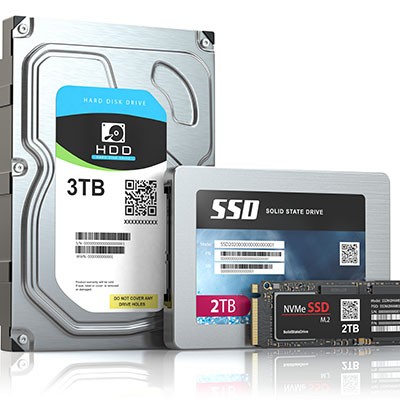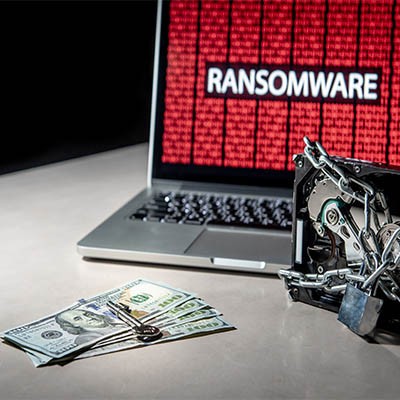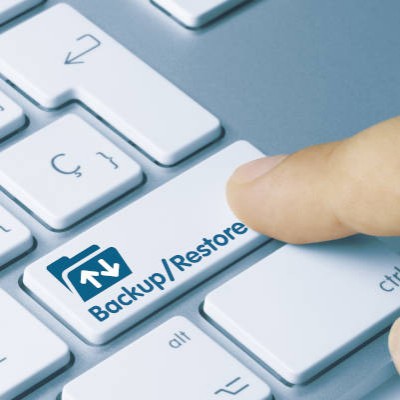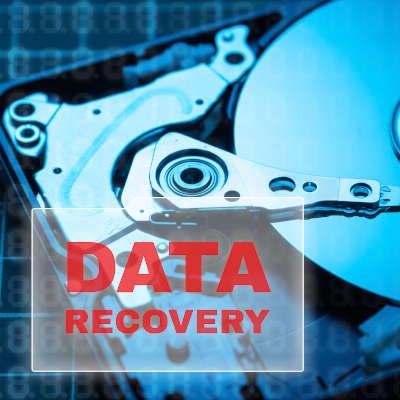No business ever wants to suffer a data loss disaster, but that doesn’t mean that it’s not coming for you at some point during your operations. You have to be careful and take calculated steps to minimize the impact of such an incident. In particular, you want to avoid losing these three types of data, for it could make recovery all but impossible if you don’t.
About Business Solutions & Software Group
Business Solutions & Software Group has been serving the South Florida area since 1997, providing IT Support such as technical helpdesk support, computer support and consulting to small and medium-sized businesses. Our experience has allowed us to build and develop the infrastructure needed to keep our prices affordable and our clients up and running.
Recent News
Contact Us
10211 W Sample Road Suite 114
Coral Springs, Florida 33065
Mon to Fri 9:00am to 6:00pm




















